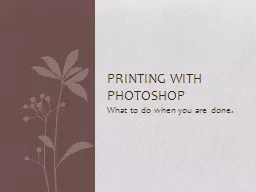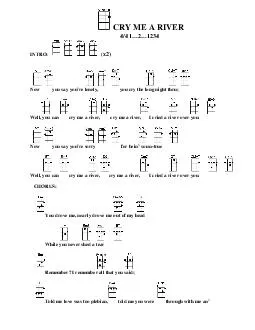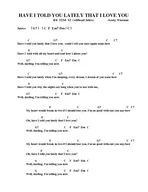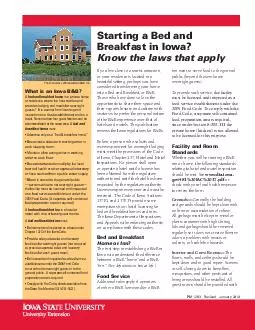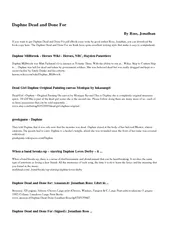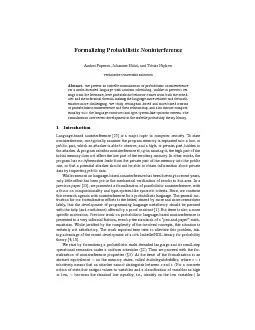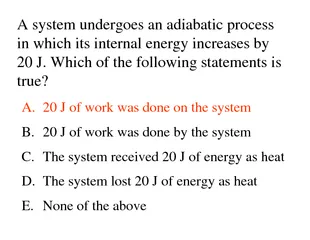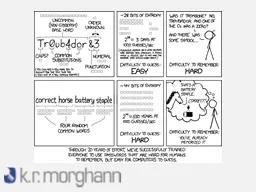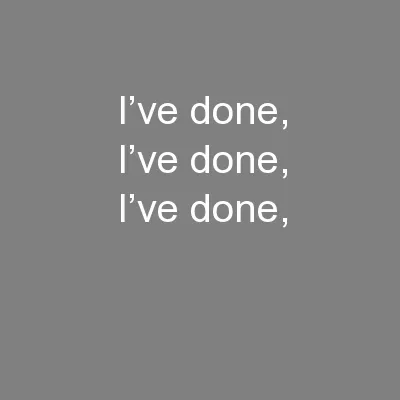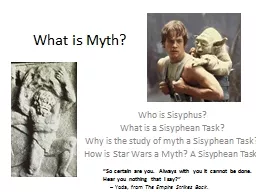PPT-What to do when you are done.
Author : scoopulachanel | Published Date : 2020-06-19
Printing with Photoshop Which one should I print Selecting an Image Selecting an Image It may be tempting to just print out everything you ever make but is it wise
Presentation Embed Code
Download Presentation
Download Presentation The PPT/PDF document "What to do when you are done." is the property of its rightful owner. Permission is granted to download and print the materials on this website for personal, non-commercial use only, and to display it on your personal computer provided you do not modify the materials and that you retain all copyright notices contained in the materials. By downloading content from our website, you accept the terms of this agreement.
What to do when you are done.: Transcript
Download Rules Of Document
"What to do when you are done."The content belongs to its owner. You may download and print it for personal use, without modification, and keep all copyright notices. By downloading, you agree to these terms.
Related Documents

